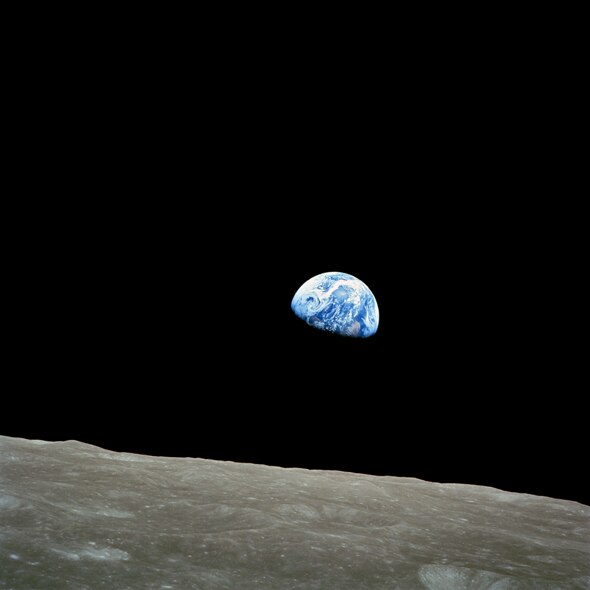Create a free profile to get unlimited access to exclusive videos, sweepstakes, and more!
Earthrise: Recreating an Iconic Moment in Space History

On Dec. 24, 1968â45 years ago this weekâby what is essentially coincidence and fast thinking, one of the most iconic photographs in human history was taken: Earthrise over the Moon.
It occurred during Apollo 8 as astronauts Jim Lovell, Bill Anders, and Frank Borman were orbiting the Moonâthe first humans in history to do so. Their orbital motion brought the Earth into view over the Moonâs horizon, moving slowly upward into the black sky. The photographs taken became a symbol of human exploration, and of our fragile and beautiful planet.
The good folks at NASA Goddard Spaceflight Centerâs Scientific Visualization Studio took data from the Lunar Reconnaissance Orbiter and carefully matched it to the photographs taken by the Apollo 8 astronauts, allowing them to recreate the events that led to the history-changing moment. They put together a wonderful video, narrated by my pal Andy Chaikin, which describes how it all happened (and you can get the transcript here).
Wondrous. And the importance of that photo cannot be overstated. Seeing our home world floating by itself, lonely and unprotected, in all that black ⦠itâs been credited for starting the environmental movement, and certainly provides an extraordinary perspective on our place in the Universe.
Some people find it disturbing, crushing our sense of importance into insignificance. I myself take the opposite view: It is proof of our exceptional capability to overcome our fears, to make our reach exceed our grasp, and to indulge our curiosity to see what lies beyond our current view. This photo does not frighten or diminish me; it stokes the fires of my imagination and shows me precisely what we can do when we set our minds to it.
The photo of Earthrise shows a pivotal moment in the history of humanity. There will be many, many more like it.














